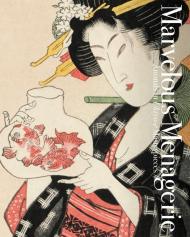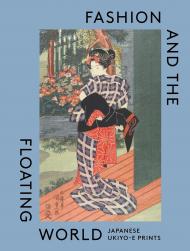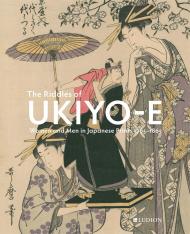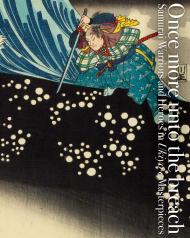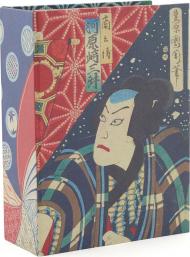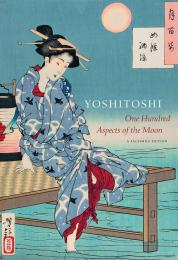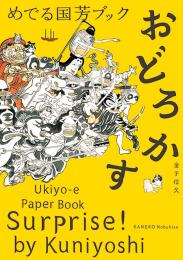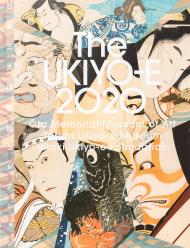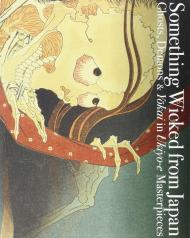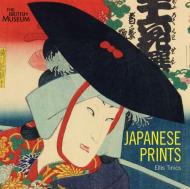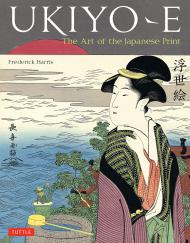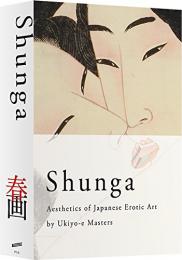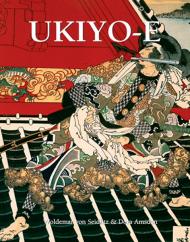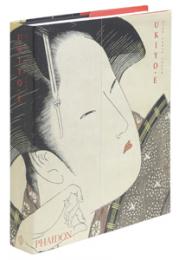Велика колекція тварин, що зображені на гравюрах укійо-е періоду Едо, від домашніх тварин до рідкісних тварин!
Після світових хітів «Щось лихе з Японії» та «Ще раз до пролому» виходить третя книга серії «Шедеври укійо-е»! Цього разу читайте та розумійте світ укійо-е з точки зору тварин.
В укійо-е зображено багато тварин, які взаємодіють з людьми. Починаючи з котів, собак та кроликів, ми переходимо до лютих тигрів та слонів, імпортних верблюдів, павичів та папуг, і навіть до фантастичних звірів. Ця книга представляє численні чарівні роботи через цікаві розділи, такі як «Домашні тварини періоду Едо», «Робочі тварини», «Рідкісні тварини» та інші.
Містить 140 чудових робіт відомих художників укійо, включаючи Утамаро, Хіросіге, Хокусая, Кунісаду, Кунійосі, Йосітосі та інших, що зображують милих, кумедних, а часом і підозрілих тварин.
Ті, хто любить японську культуру, будуть у захваті від цієї книги! І, звичайно ж, це також чудово підійде любителям тварин. Звичаї періоду Едо, коли люди та тварини жили пліч-о-пліч, тепер яскраво відтворені.
Про автора:
Ей Накау — член виконавчої ради Міжнародного товариства укійо-е, колекціонер укійо-е, художник-абстракціоніст та бізнесмен з Кобе, Японія.
